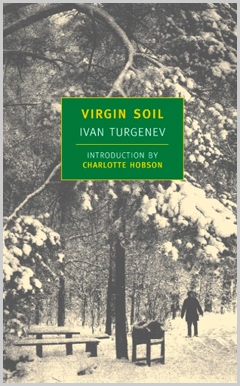Celia recommends The Bog People by P.V. Glob:
 Have you heard the story of the bog bodies, dear reader? It begins long ago and far away, and is the kind of tale you might want to read in the dark of the year, when the nights (even in Austin) are getting cold, and the days are shorter and shorter. It begins like this:
Have you heard the story of the bog bodies, dear reader? It begins long ago and far away, and is the kind of tale you might want to read in the dark of the year, when the nights (even in Austin) are getting cold, and the days are shorter and shorter. It begins like this:
Sometimes a bog spits up a body, deceased but so perfectly preserved that no untrained eye could tell you whether it’s a few weeks or many centuries old. And they are centuries old, many of them, and they have been discovered for centuries on end, by people cutting peat by hand or with machinery, who go into the bog for fuel to burn in the hearth and emerge with something other. The tannins in bog water, working in the right conditions, turn the human body into leather, and so you’re left with a corpse that looks ageless, hardened off by time and weather but still so intact that you could take its fingerprints. So intact that you can tell whether its owner wore their hair loose or in braids. That’s sometimes. Sometimes, also, you find a body that is strange, compressed by the weight of the peat above it, or partially dissolved, leaving only a strange, vampiric castoff to history, a ghost of a corpse.
It’s impossible to talk about this book without talking about its photos, which are uncanny and upsetting and which capture the physicality of their subjects so distinctly that they seem to open the door into another, timeless dimension. I suspect that you will either hate them and want to look away or find them fascinating. To me, what is fascinating in them is the apparent care and attention with which the uncaring processes of nature have scooped these bodies of men and women out of the past and delivered them, whole or almost whole, into the present.
In the face of this otherworldliness, P.V. Glob’s narration is oddly steadfast and charming. A Danish archaeologist who examined many of the bog bodies first hand, Glob dedicates the book to a group of schoolgirls who had written him a letter years earlier about his work on one famous discovery. He remarks, apologetically, that the children who wrote to him at that time are doubtless grown up now: “I have all too little time, and so it has taken me a long while to finish my letter.”
The book that follows is part archaeological mystery, part academic treatise, and part idiosyncratic reflection of the person who produced it. Glob’s writing charitably pauses to explain the practice of carbon dating (perhaps less well known to the general public in the ‘60s, when he was writing) and pollen analysis. He transcribes, somewhat cantankerously, a rude poem printed in the Danish tabloids after the discovery of a body in a fen near Grauballe, the better to dismantle its argument. Describing how a man had a heart attack attempting to remove a body from the bog where it lay, he writes: “The bog took a life for a life; or, as some may prefer to think, the old gods took a modern man in place of the man from the past.”
One feels that Glob, too, is toying with the idea that the old gods to which (he believes) the old residents of Tolund and Grauballe sacrificed the people in the bog might still reach into the present day through the bodies of those that were dedicated to them. And his work is at its haunting best when he is observing those bodies, their clothes, hair, and teeth, the mystery through which they’ve come into the present. The science of archaeology has progressed somewhat since The Bog People, but the moment that Glob captures of being face-to-face with deep history, and trying to push a candle a little forward into the darkness, remains haunting.


 Have you heard the story of the bog bodies, dear reader? It begins long ago and far away, and is the kind of tale you might want to read in the dark of the year, when the nights (even in Austin) are getting cold, and the days are shorter and shorter. It begins like this:
Have you heard the story of the bog bodies, dear reader? It begins long ago and far away, and is the kind of tale you might want to read in the dark of the year, when the nights (even in Austin) are getting cold, and the days are shorter and shorter. It begins like this: